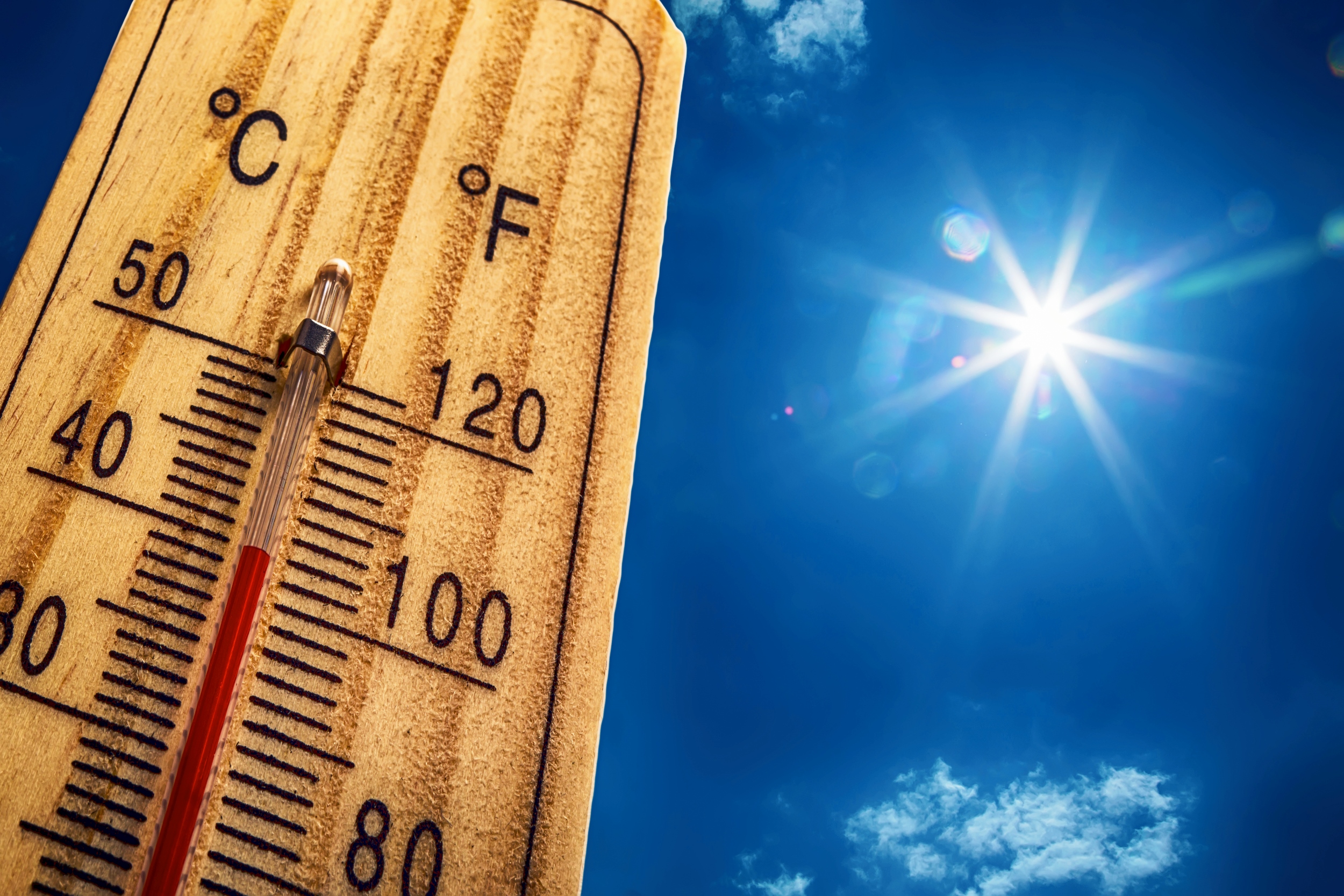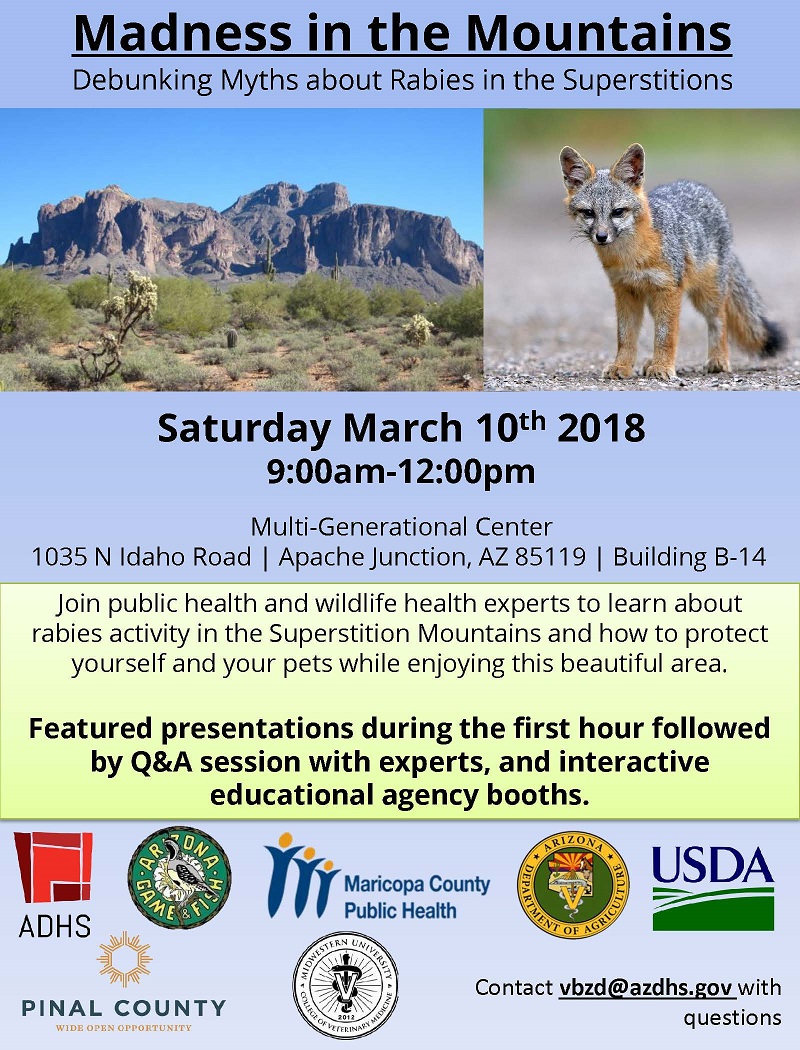
Excessive Heat Warnings have affected many areas of our state since June 17. Temperatures during the Heat Warning reached as high as 122 degrees in cities like Lake Havasu and Bullhead City. Other parts of the state including Glendale and Yuma were at 120. With the extended duration of this event, overnight low temperatures seemed to provide little relief from the heat.
ADHS has ramped up efforts during this extended heat wave event. We have been coordinating with state and local emergency management regarding available resources, power outages, and National Weather Service updates. To date, 3 heat-caused deaths so far this year have been identified from death certificates, while other cases remain under investigation. We also recently released a new surveillance report of heat illness and deaths in Arizona.
Between 2005 -2015, there were 1,272 deaths attributed to excessive heat. Our epidemiologists have been monitoring hospital surges for heat illness patients using near real-time data from our syndromic surveillance system, the BioSense Platform. More patients with heat illness have been coming in during this heat warning compared to the prior week. Most cases have been arriving in the afternoon following the hottest part of the day. Our hospital surveillance data helps us plan more accordingly and provide assistance to the most affected areas.
Heat illness is preventable. Many partners around the state have opened cooling shelters to help people get out of the heat. Many of these locations provide free water to help everyone stay hydrated. A large network of cooling centers has opened in Maricopa, Pima, and Yuma Counties. Additional cooling centers in other parts of the state can be found in our Surviving AZ Heat Brochure. We notify the general public and school officials about updated heat warning information and public health safety recommendations through our Heat Alerts Email Distribution List as well as by providing updated alert information on our website and through social media. Bilingual heat safety brochures have been made available to share information on how to protect yourself and others.
If you aren’t able to cool yourself off at home, learning the locations of nearby cooling centers could prevent you from becoming overwhelmed from the heat. It’s also a best practice to bring extra water with you when you travel, especially in the event of travel interruptions.











